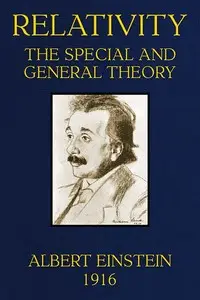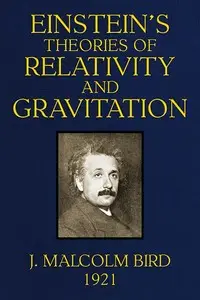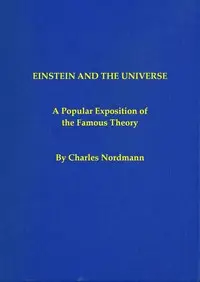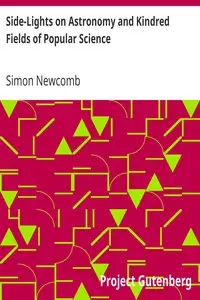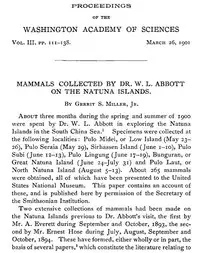"Sidelights on Relativity" by Albert Einstein is a book that presents a clear view into the revolutionary theory of relativity through two speeches. The first speech looks into the idea of ether, a substance formerly believed to be the medium through which light travels. Einstein explains why his theory of relativity suggests that ether isn't needed, as electromagnetic fields can exist on their own. The second speech discusses how geometry, which is the study of shapes and space, relates to the real world. Einstein explains that while geometry is based on math, we need to test it through experiments to truly understand how it works in the universe. Together, these speeches offer a way to understand Einstein's ground-breaking ideas about space, time, and the universe in an easy way.

Sidelights on Relativity
By Albert Einstein
Embark on a journey through early 20th-century physics to understand innovative ideas that question the need for a light-carrying substance and examine how geometry connects to our physical world.
Summary
About the AuthorAlbert Einstein was a German-born theoretical physicist who is widely held as one of the most influential scientists. Best known for developing the theory of relativity, Einstein also made important contributions to quantum mechanics. His mass–energy equivalence formula E = mc2, which arises from special relativity, has been called "the world's most famous equation". He received the 1921 Nobel Prize in Physics "for his services to theoretical physics, and especially for his discovery of the law of the photoelectric effect", a pivotal step in the development of quantum theory.
Albert Einstein was a German-born theoretical physicist who is widely held as one of the most influential scientists. Best known for developing the theory of relativity, Einstein also made important contributions to quantum mechanics. His mass–energy equivalence formula E = mc2, which arises from special relativity, has been called "the world's most famous equation". He received the 1921 Nobel Prize in Physics "for his services to theoretical physics, and especially for his discovery of the law of the photoelectric effect", a pivotal step in the development of quantum theory.

